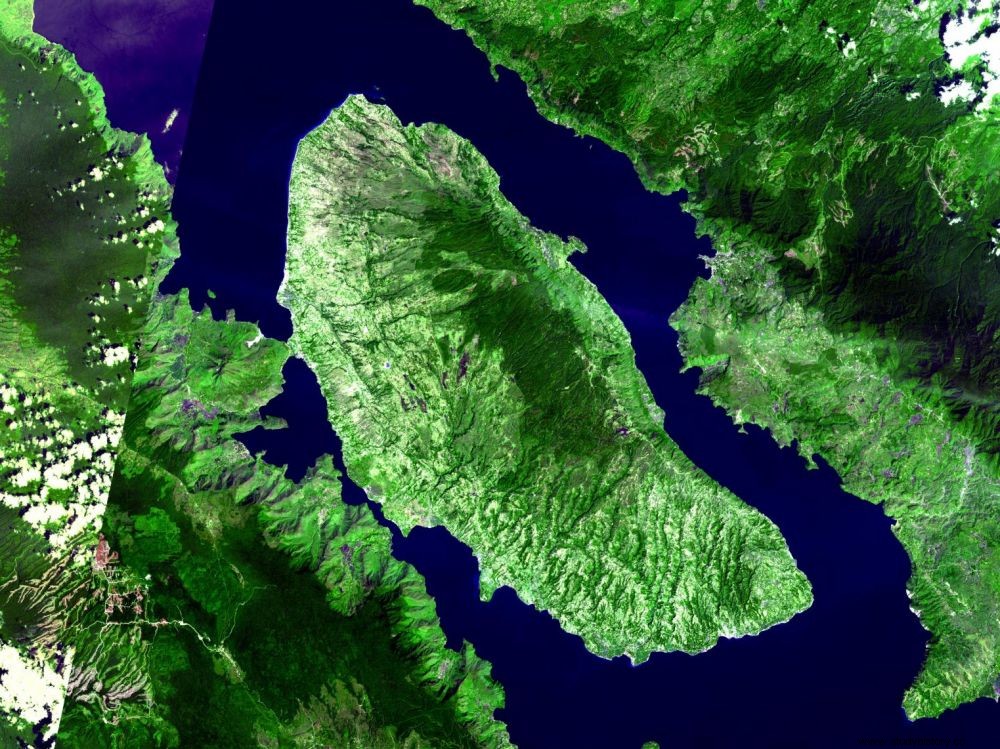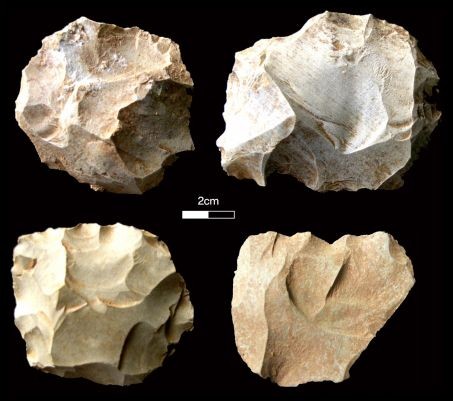The Toba eruption has long been blamed for leading to a "volcanic winter" on Earth. But researchers today doubt its effects. Human populations living nearby would even have survived the disaster.

The Toba caldera was the site of a super-eruption 74,000 years ago.
74,000 years ago, the super-eruption of the Toba volcano in Indonesia led to the ejection of 10,000 gigatons of volcanic material. Did this result in the decimation of an entire population of Homo sapiens settled in the south of the Asian continent? In a study published in the journal Nature Communications on February 25, 2020, an international research team disputes this possibility.
The eruption that occurred more than 70,000 years ago was 5,000 times more powerful than that of Mount Saint-Helens. For a long time, the scientific community accused this unprecedented disaster of having created a "volcanic winter" causing a cooling of the planet and lasting six or even ten years. Our species would even have come close to extinction and, if a population had been present in Asia, it would have been wiped out. But work in the field has gradually made it possible to come back to this theory, also offering another vision of these prehistoric events.
Tools were still created after the eruption
The analysis of statigraphic units dating back 80,000 years and recorded in northern India has brought to light stone tools whose development did not suddenly stop. "The people of Dhaba used stone tools similar to the toolboxes used by Homo sapiens in Africa at the same time, notes Professor Chris Clarkson of the University of Queensland (Australia) and lead author of the study. dramatically soon after indicates that human populations survived the so-called catastrophe and continued to create tools to alter their environment ". As powerful as it is, this super-eruption would have had fewer consequences than previously estimated. Moreover, researchers are now clearly questioning the idea of an ice age following this catastrophe.

Stone tools found at the Dhaba site. © Chris Clarkson
This archaeological evidence also supports the hypothesis that populations of Homo sapiens settled in Asia 80,000 years ago. For years, paleontologists believed that modern humans stayed for hundreds of thousands of years in Africa before leaving in one major migratory wave to Eurasia 60,000 years ago. But it is now a more complex scenario that is emerging with multiple dispersions outside the African continent.
A population that has not survived other environmental changes
These humans were there before the eruption, they were also there after... but other events seem to have got the better of them. "The peoples who lived around Dhaba more than 74,000 years ago do not appear to have contributed significantly to the genetic makeup of contemporary peoples, suggesting that these hunter-gatherers likely faced a series of challenges to their long-term survival, including the dramatic environmental changes of the following millennia “, underlines in a press release the Max Planck Institute (Germany), which participated in the study. It now only remains to understand what happened to this population.
